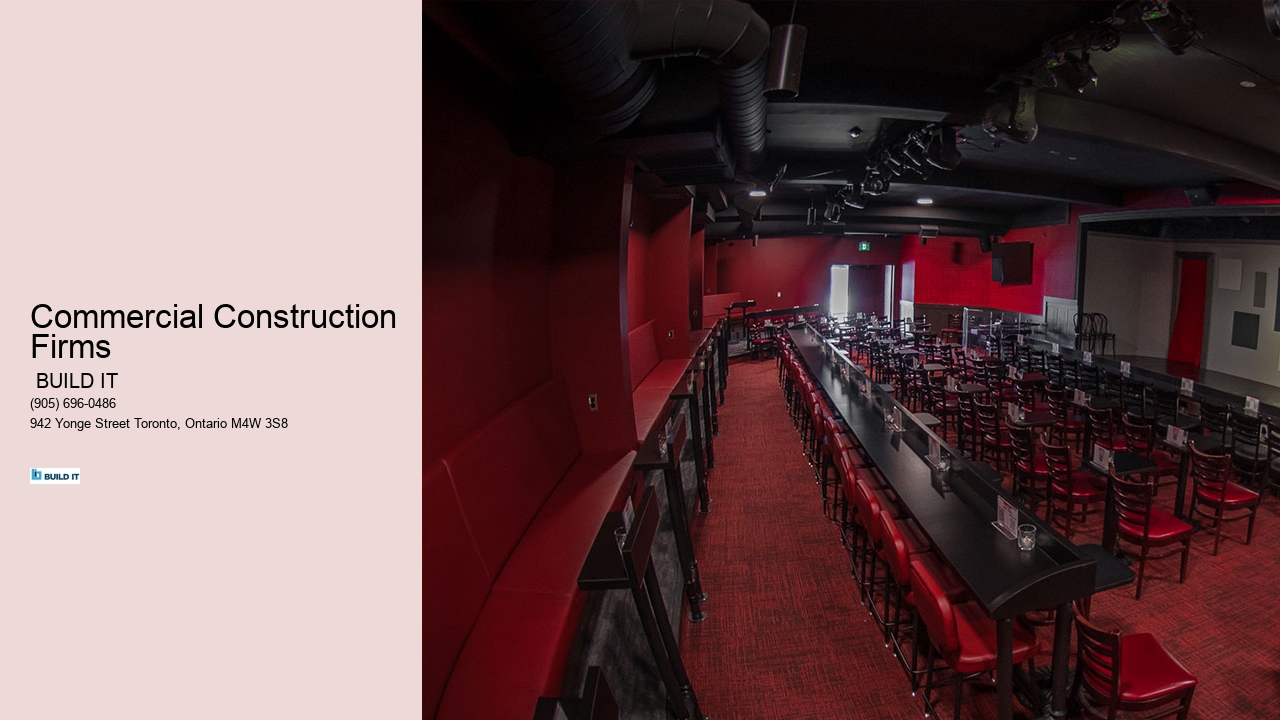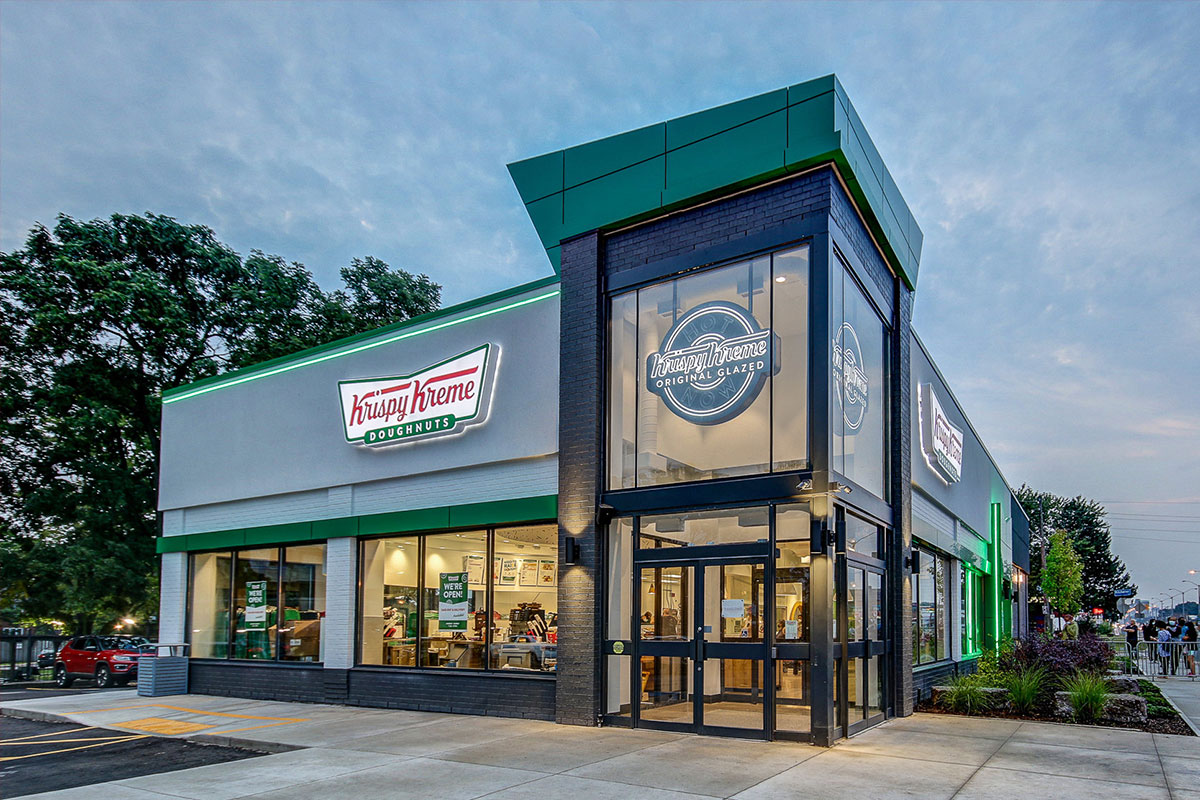

| Local & Regional Commercial Contractors | |
|---|---|
| Commercial Contractors In [Your City] | Trusted professionals delivering top-tier commercial builds in your area. |
| Commercial Contractor Etobicoke | Licensed Etobicoke contractors specializing in business construction. |
| Commercial General Contractor GTA | Expert general contractors for commercial projects throughout the GTA. |
| Commercial Contractors Near Me | Nearby commercial building professionals offering timely service and quality. |
| General Contractor For Commercial | Skilled general contractors managing projects from ground-up to finish. |
At BUILD IT Toronto, we create commercial and industrial spaces that empower businesses to grow and thrive in Canada’s most energetic city. Our reputation for delivering quality, innovation, and seamless collaboration has earned us the trust of top-tier brands and entrepreneurs who count on us to turn their visions into reality—on schedule, on budget, and with unmatched craftsmanship. From trendy eateries and retail stores on Queen West to modern medical clinics in North York and efficient warehouses in Scarborough, we’ve done it all—and we’re only getting started.
What makes us different? We’re not just contractors—we’re full-scope construction partners. Our team manages every detail, from pre-construction planning and permit approvals to full design-build delivery, construction oversight, and turnkey completion. By housing all services under one roof, we streamline the process and reduce delays, while keeping communication open at every stage.
Our project managers, supervisors, and tradespeople understand Toronto’s unique construction challenges—from zoning bylaws to tight job sites. Whether we’re working downtown, in Vaughan, Mississauga, or Etobicoke, we consistently deliver top-tier results. We specialize in diverse sectors like retail, medical, hospitality, office, industrial, and franchise development.
We take pride in our work and our relationships. At BUILD IT Toronto, we treat clients as partners, not just customers. Our team listens carefully, aligns solutions to your business goals, and uses real-time tools to ensure transparency from start to finish.
In a fast-paced city like Toronto, your space must be as dynamic as your business. That’s why we’re here—to build exceptional spaces that work hard and look great. Let’s build it together.

The nature of work is evolving, and modern office designs must be adaptable to these changes. Commercial contractors are tasked with creating spaces that can easily be reconfigured for different needs, whether it's for collaborative projects, private meetings, or individual workstations. The use of modular furniture and movable partitions can facilitate this flexibility, allowing companies to adjust their layouts as their teams expand or contract and as the function of spaces shifts over time.
Today's offices require seamless integration of technology. This means planning spaces around connectivity needs such as ample power outlets, high-speed internet infrastructure, and built-in charging stations. Contractors must also consider the placement of screens for presentations and video conferencing capabilities as remote work becomes more prevalent. Cable management solutions should keep spaces tidy while ensuring that tech essentials are readily accessible.
Office designs now prioritize employee health and wellbeing more than ever before. This includes ergonomic furniture to prevent strain or injury, access to natural light to enhance mood and productivity, and improved air quality through ventilation systems or green plants. Additionally, incorporating wellness areas like gyms or relaxation zones can contribute positively to staff morale.
Sustainability is a crucial factor in modern office design. Commercial contractors often opt for eco-friendly materials that reduce environmental impact without compromising on durability or aesthetic appeal. Recycled materials, low-VOC paints, and energy-efficient lighting are just a few examples that support sustainability while also helping businesses lower their operational costs in the long run.
An office space is an extension of a company’s brand identity; therefore, its design should reflect the company's culture and values. Custom artwork, brand colors incorporated into the interior design elements, or uniquely designed spaces that speak to a company’s mission statement can all serve as powerful representations of a brand within an office environment.
Finally, balancing open areas designed for collaboration with private spaces where employees can focus without distractions is key to a productive workplace. Open-plan offices may foster teamwork but providing quiet rooms or soundproofed zones ensures there's space for deep concentration when required. Contractors need to strike this balance by designing areas that cater both to group dynamics as well as individual work preferences.
The future of commercial building is inextricably linked with sustainability. As environmental concerns take center stage, design and construction trends are shifting towards materials and practices that reduce carbon footprints and promote energy efficiency. Green roofs, solar panels, and the use of recycled materials are becoming standard features in new commercial projects. Moreover, the push for net-zero buildings—which produce as much energy as they consume—is driving innovation in both architectural design and construction methodologies.
Technology integration stands at the forefront of commercial building evolution. Smart buildings equipped with IoT devices are leading to more efficient management of resources such as electricity and water. From automated lighting systems to advanced HVAC controls, technology enables buildings to adapt to their environments and occupants' needs dynamically. Furthermore, construction processes themselves are being transformed by technologies like Building Information Modeling (BIM), which allows for more precise planning and coordination among different trades.
The way we work is changing, prompting a reevaluation of traditional office space design. Flexibility is key in modern commercial buildings—spaces must be able to accommodate hybrid work models that blend remote working with traditional office environments. Modular designs allow for easy reconfiguration of spaces to suit evolving business needs or tenant turnover, while co-working spaces continue to rise in popularity for their shared amenities and collaborative atmospheres.
The health and well-being of occupants have become paramount considerations in commercial building design. Biophilic design elements that incorporate natural light, vegetation, and open-air spaces contribute to a healthier workplace environment that can improve productivity and reduce sick days. Advanced ventilation systems ensure better air quality while strategies like WELL certification emphasize the importance of creating environments conducive to both physical health and mental well-being.
Climate change poses significant challenges for the future development of commercial real estate. Buildings must be designed with resilience in mind—able to withstand extreme weather events and changes in climate patterns over time. This involves not only robust structural designs but also consideration for location-specific risks such as flooding or earthquakes. Adaptability will be critical as developers seek ways for buildings to remain viable long into an uncertain future.
Lastly, innovation in construction methods is set to play a major role in shaping the future landscape of commercial building. Prefabrication techniques where parts are manufactured off-site lead to faster build times with less waste produced on-site. 3D printing offers another avenue for constructing complex components efficiently while also expanding creative possibilities within architectural design itself.
These trends highlight a contract between past practices reliant on heavy resource consumption without regard for environmental impact or occupant well-being versus a new era where each building aims not just at functionality but also at promoting sustainability, resilience, flexibility, healthfulness—all facilitated by cutting-edge technology.

New builds, remodels, tenant improvements, build-outs, facility maintenance, and design-build.
Yes, most reputable firms manage permitting, inspections, and ensure all work meets local codes.
Design-build integrates design and construction under one contract, streamlining communication and timelines.